I Am Legion: Stand Survivors mixes together gameplay conventions from autobattlers and survivor games to produce a surprisingly steep difficulty curve. If you want to go beyond the first couple levels you’ll need a concrete strategy and a good understanding of both the mechanics and the unique spins put on them in this game.
5:16
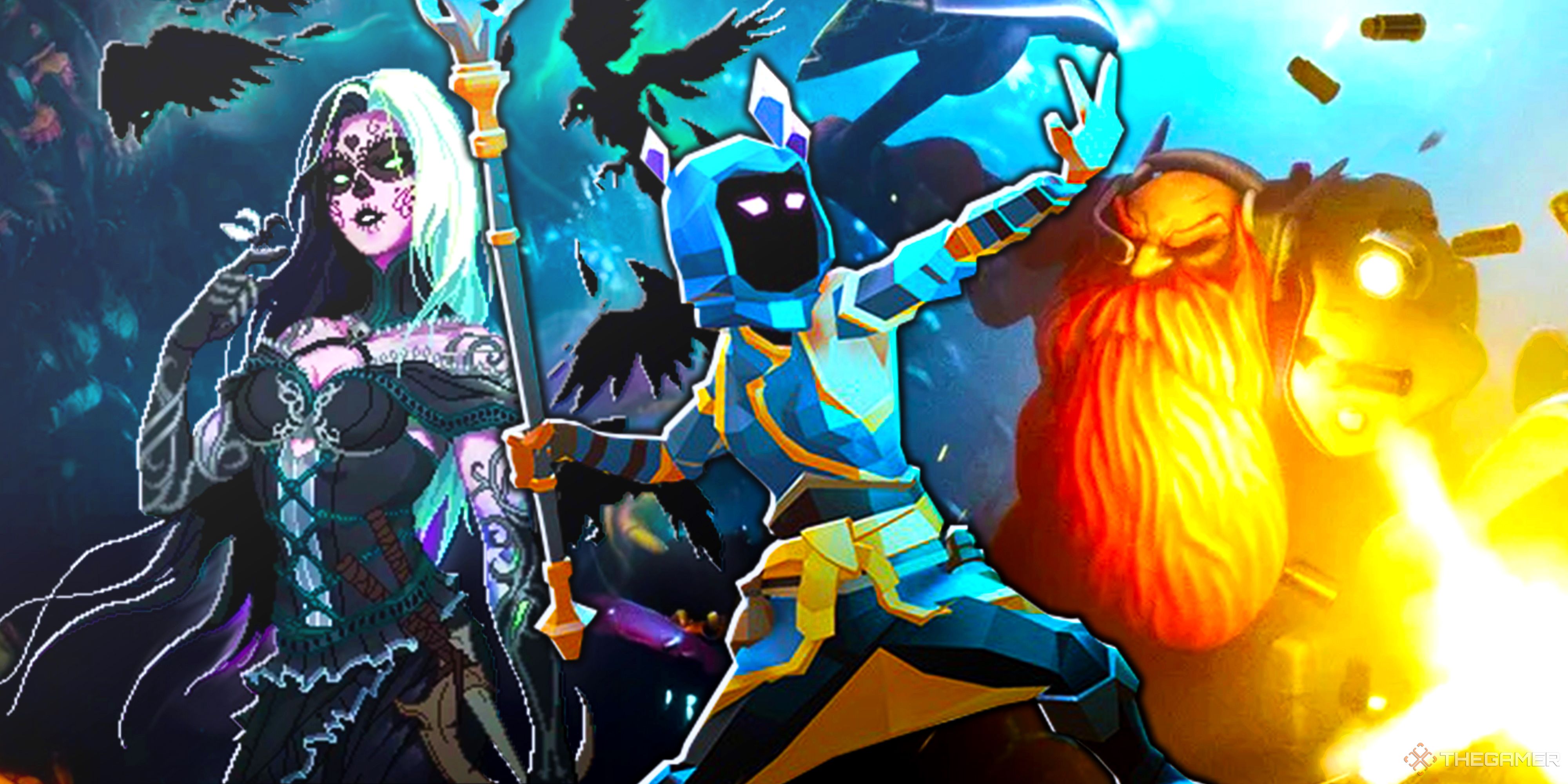
Related
The Best Games To Play If You Like Vampire Survivors
Already there are great games following in Vampire Survivors’ footsteps, and here we look at the best ones.
From getting the most damage to building your economy in the early game to opening doors in the right order, there’s a lot of space for optimisation. Here are a few tips for when you’re starting the game or if you find yourself getting stuck against a specific challenge or level.
Experiment Early And Often
The best upgrade for the situation often isn’t a flat upgrade of combining several of the same unit. Waiting until you’ve got a full loadout can help you find fusions that aren’t immediately obvious.
Until you’ve learned a few basic synergies, the best approach is to just buy out the shop at every opportunity and see what fusions you’re offered.
Once you’ve got more of the glossary filled out, you’ll want to take a narrower approach, but it can still be worth casting a wide net to start and then planning towards a more specific goal.
Prioritise Getting A Source Of Healing
You’ll typically start the game with little to no regeneration or life drain. Getting one or the other of these is vital to long-term survival, since taking some amount of damage is inevitable.
- Plenty of early Stands offer extra survivability in the form of shields or healing, but will lose that ability when upgraded.
- Door blessings can offer extra life-steal or regeneration.
- Equipment offers a lot of tools for healing and reducing the damage you take. A good healing item is often best kept at a medium level, rather than to risk losing it in the upgrade process.
- In a pinch you can rely on regeneration from the talent store, but the amount will be outpaced by other upgrades.
Commit To Either Magic Or Physical Damage
Plenty of games encourage you to foster a balanced team with a mixture of magical and melee damage. In this case, you want to specialise hard in one or the other. Even their sub-stats like critical rate are tracked separately, so it’s challenging to make good use of both at the same time.
Synthesis stands can be a useful asset or liability here. The rocket soldier has the same special attack as the fire elemental it’s made from, but converts all the damage to physical. Mages will prefer to keep their fire elementals, while physical builds can do more with the rocket soldier.
Combo bonuses will often ask you to mix at least one stand of the opposite damage type, but make up for it with large group-wise modifiers.
Don’t Neglect Secondary Stats
Your primary stats cover almost everything about surviving and killing stuff. Their role is obvious, but the secondary stats are about thriving long-term.
Getting early upgrades to income such as from a Blacksmith, will net you several pieces of extra equipment by the time the first boss arrives. Stands that give stat growth will quickly pay for their decreased attack power and can be improved by skill cooldown upgrades.
Specialise In One Talent Tree At A Time
The talent trees are how you upgrade between runs, and it’s easy to opt for upgrading whatever you feel was missing in your last run, such as the basic upgrades to damage, health or starting resources.
The bottom row of upgrades in each tree are a large step-up in power that encourage you to instead beeline for them. These are also upgrades that will help in any playstyle, such as free shop purchases or faster cooldowns.
You’re able to refund your choices at will and maintain multiple talent tree loadouts, so don’t worry about making the wrong choices.
Use The Shop Filters To Plan Your Build
One of the most useful tools in the game is the ability to set synthesis targets in the shop, highlighting any stands you need to complete your build. You can do this for any synthesis you’re already reached, but it won’t help you in discovering new ones.
The filter will also note how many recipes a stand is used in, so if you find too many overlaps you can pivot your strategies or try to collect extras.
Defensive Builds Can’t Win
Lots of Survivor-style games are winnable with purely defensive builds. Brotato lets you stack health, dodge and lifesteal until bosses can’t kill you quickly enough before despawning. Rogue Genesia lets you build towards functional immortality by raising your healing factor above your max hp.
Stand Survivors requires you to build a healthy amount of damage alongside economy and defence, because all boss fights must be defeated in a set time or the run ends.
When the timer is nearly finished on a boss spawning, look for an opportunity to swap any economy-focused stands to the bench until you can deal with it, or fuse them into more focused damage dealers.
Backtrack Frequently
Try to avoid just staying in the most recent room you’ve unlocked. Chests, ore and eggs will respawn in rooms you’ve previously cleared, giving a reason to frequently double back and unlock new rooms whenever possible.
Try and unlock rooms in a sequence so that you can circle through them in order. This makes the most of the space available and the resources that spawn.
Evolutions Aren’t Always Direct Upgrades
When you use synthesis to combine several units, you’ll typically get one that has bigger numbers attached. This is great when you’re looking at the damage numbers, but often they lose something in the process.
- Lots of useful passives are lost in synthesis, such as healing or income bonuses.
- Damage types can change completely: Giving your machine gunner a tesla cannon can actually reduce their effectiveness if you’ve built around physical stats.
- Combining equipment will give a random item of the next tier, meaning you’ll frequently lose stats when combining items you’re using.
Each Character Has An Intended Archetype
Each of the characters has a group of stands they specialise in. You’ll be rewarded for collecting stands of that type and their stat growth and level bonuses favour using their intended archetype.
|
Character |
Archetype Bonus |
Stat Growth |
|---|---|---|
|
Muscle |
Non-duplicates |
The muscle’s growth is split between both attack types and hitpoints. |
|
Swordsman |
Blade wielders |
The swordsman only gains physical damage with levels. |
|
Moon Goodness |
Spellcasters |
This character only gains magic damage with levels. |
|
Vampire |
Wolves |
The vampire has increased healing as they grow, with a mix of damage types. |
|
Zephyr |
Dancers |
The Zephyr gains scaling bonuses from movespeed, along with both physical and magic damage. |
Always Invest In Movespeed
It’s a rare game where movespeed isn’t a valuable resource and Stand Survivors is no exception. The base movespeed you’ll start with is enough to get about and kite simple enemies, but the moment projectile attacks start appearing you’ll struggle to dodge without good movespeed upgrades or years spent of shmup experience.
Most boss fights are near impossible at base movespeed but will struggle to land a hit once you’ve got at least 80 percent bonus movespeed.
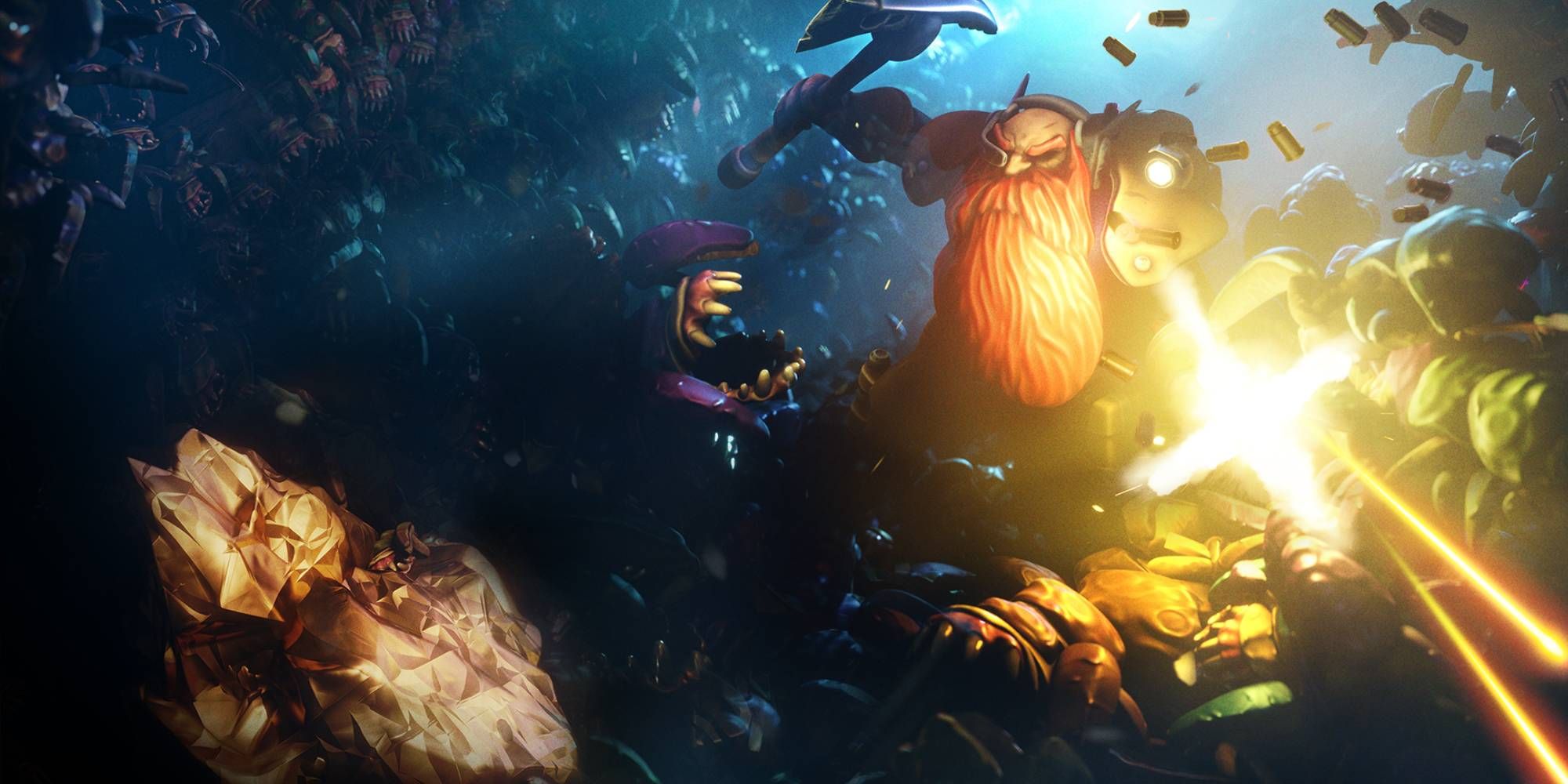
Next
Deep Rock Galactic: Survivor Is A Satisfying Twist On The Survivors-like Genre
We hope your beard survives as long as possible


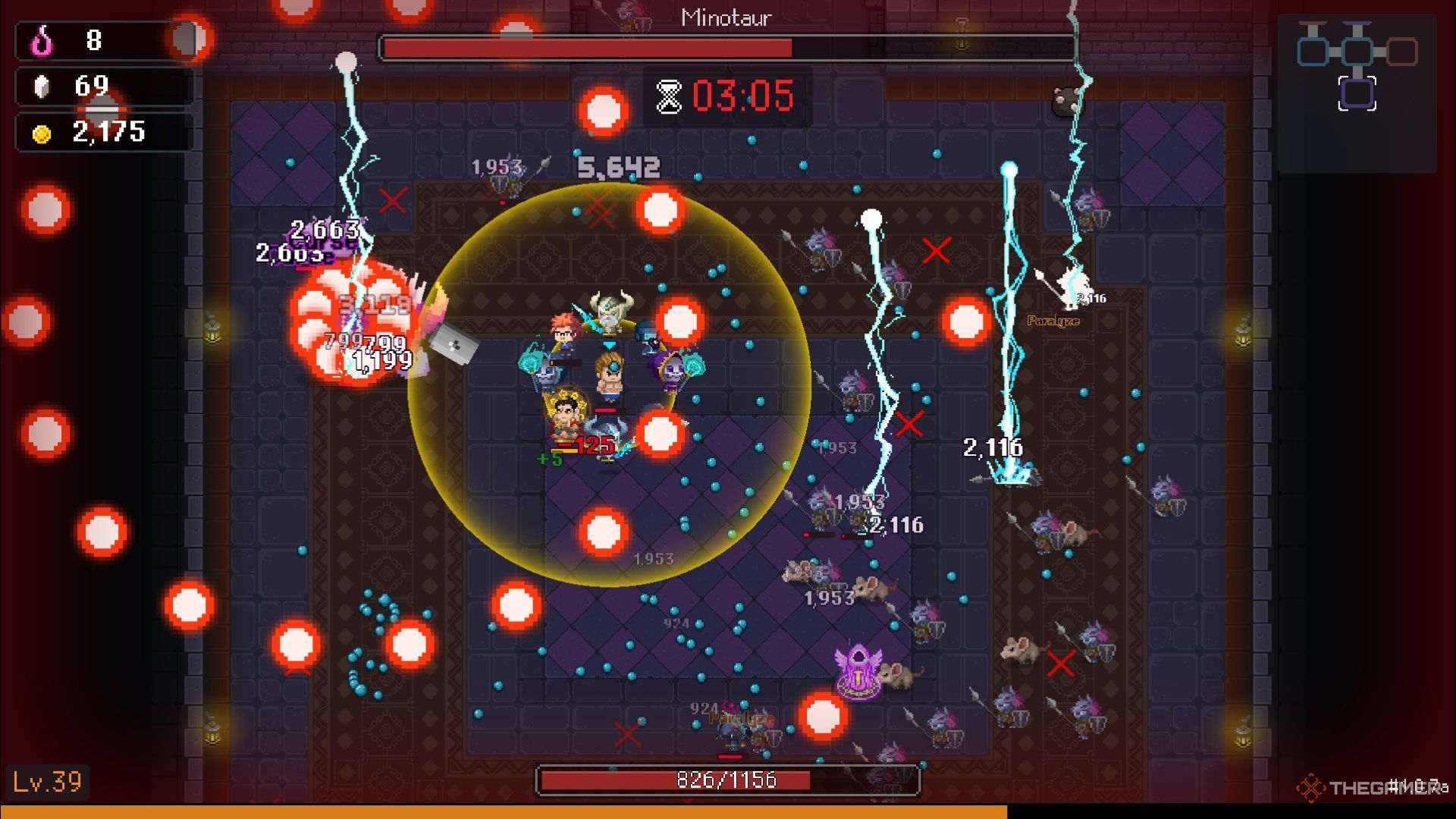
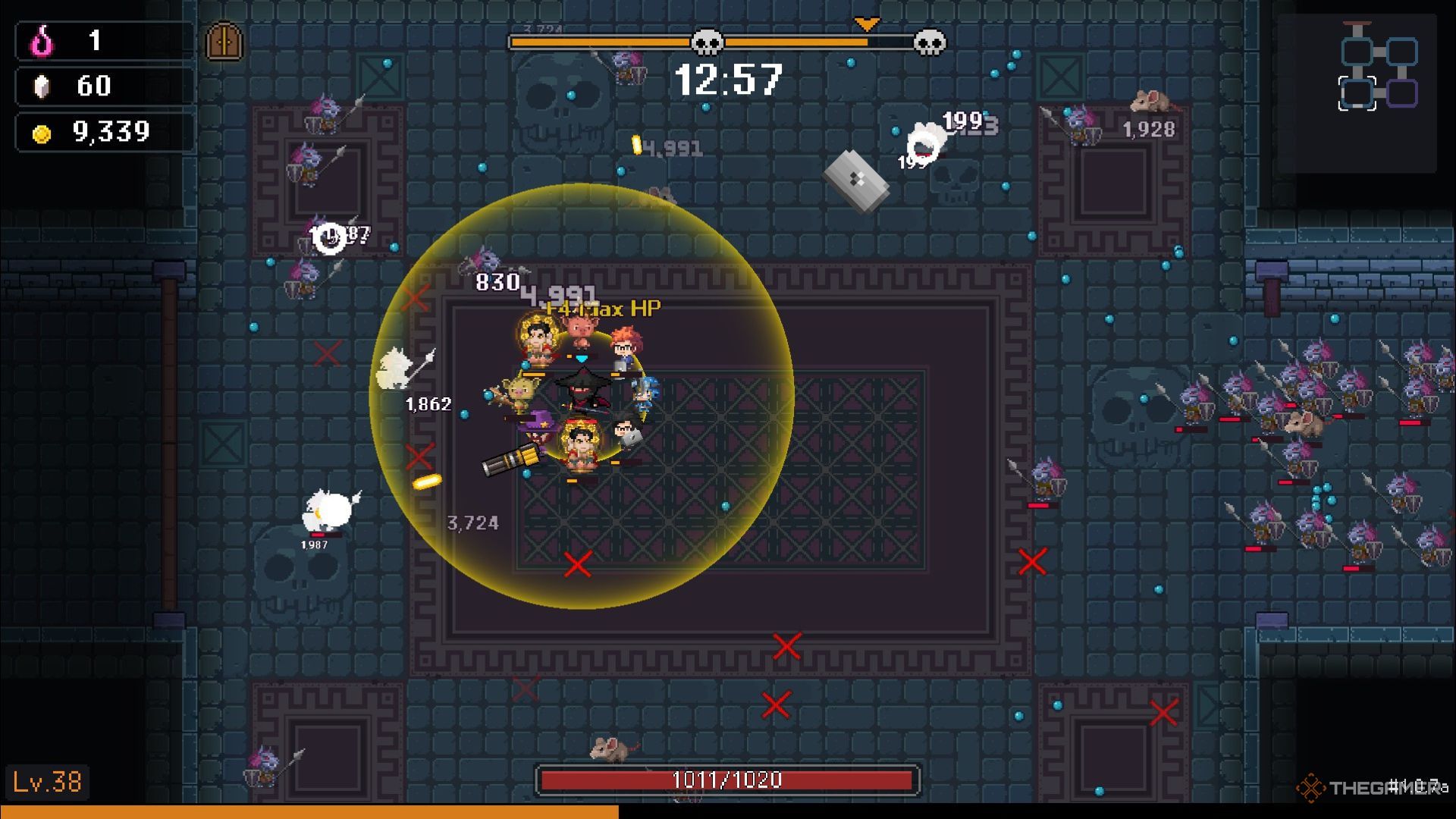
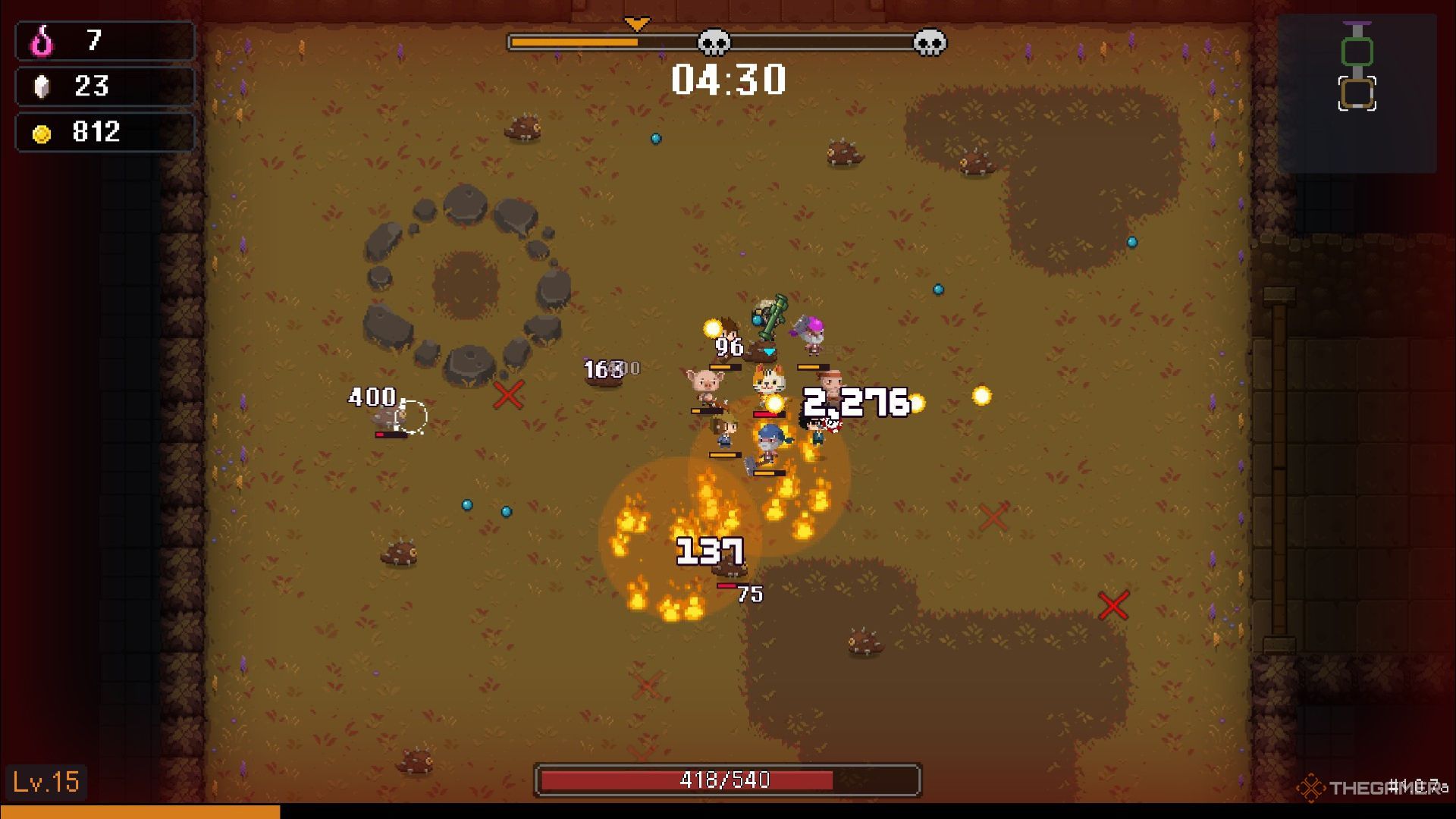

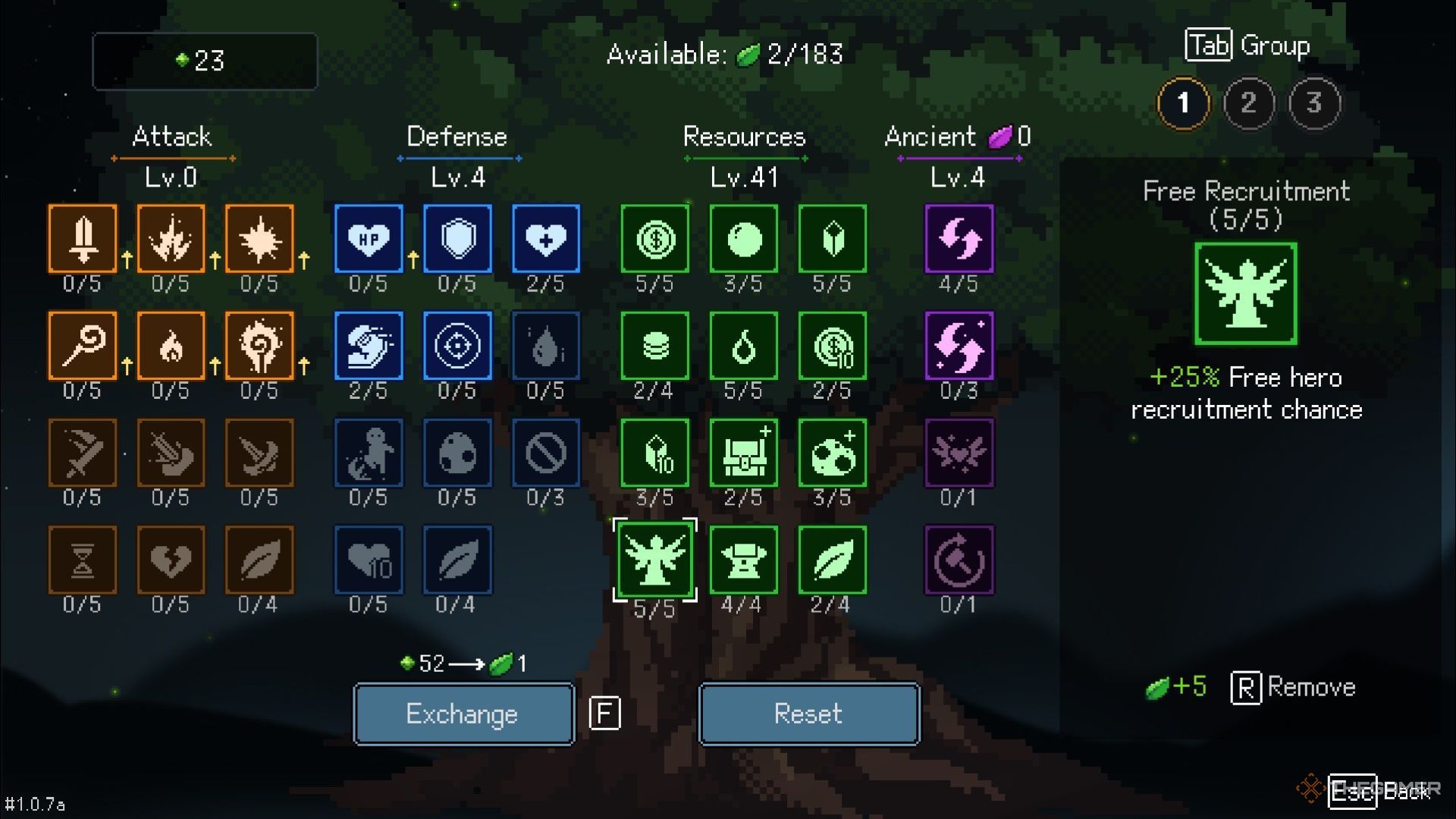

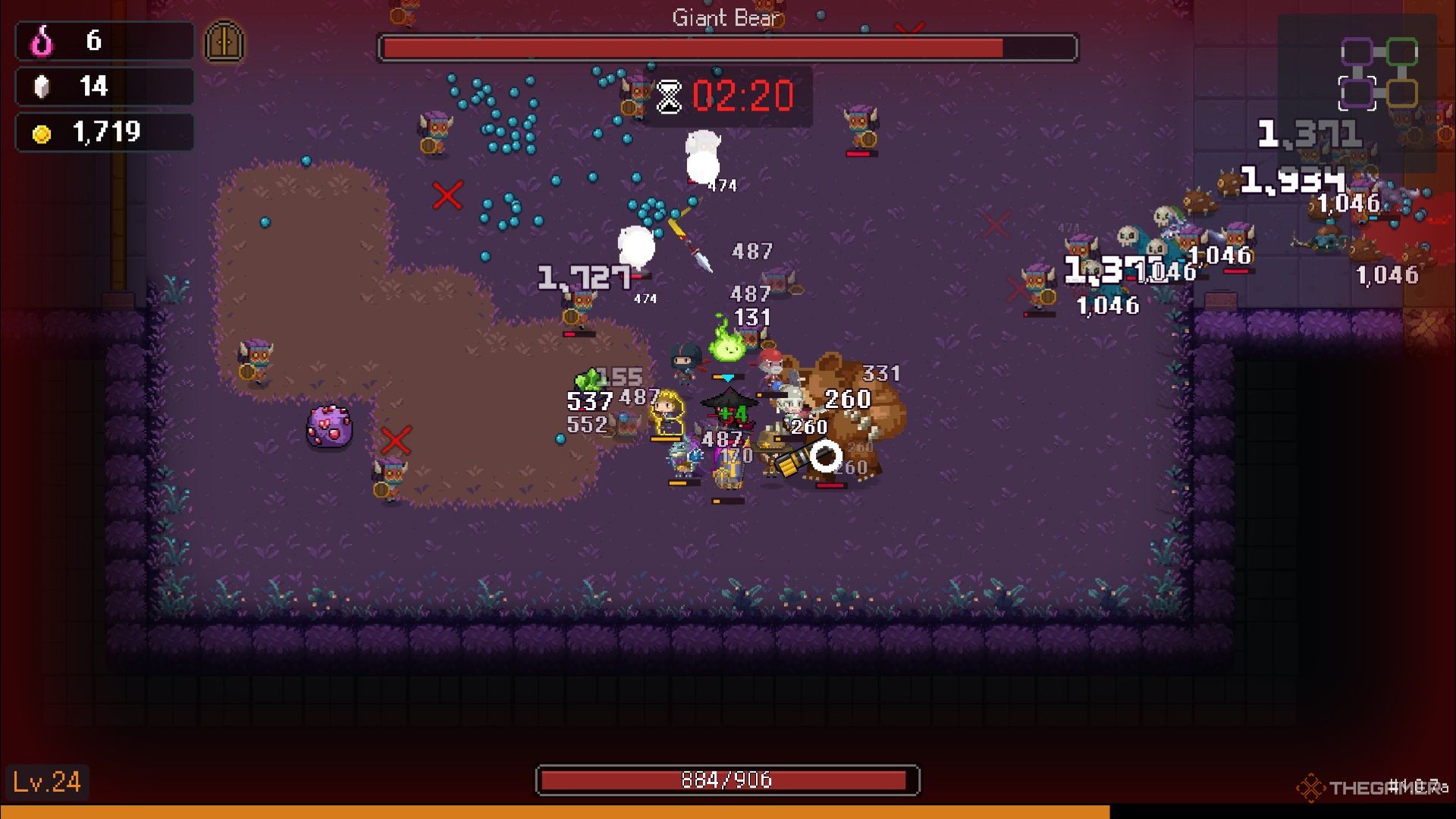
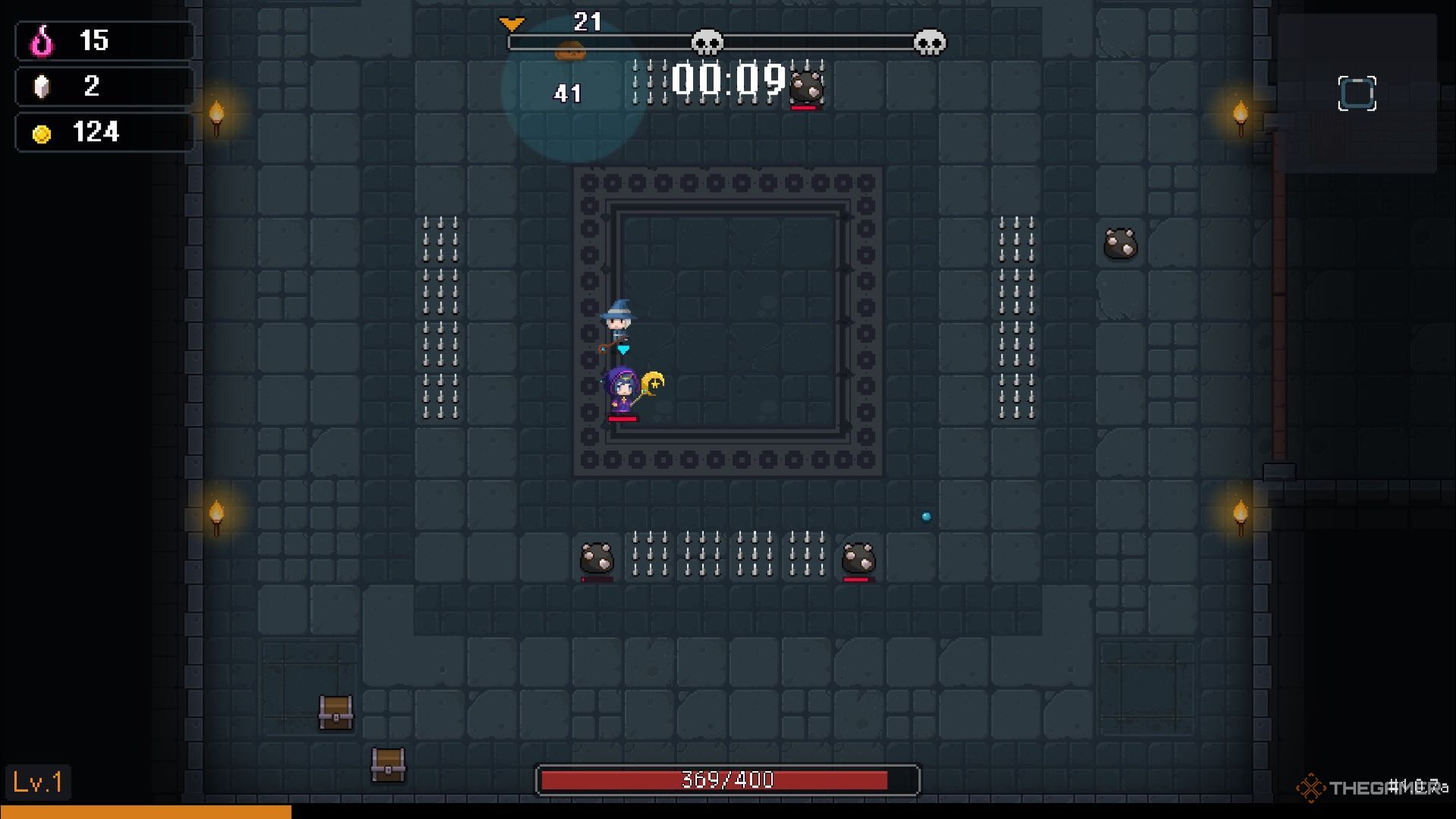
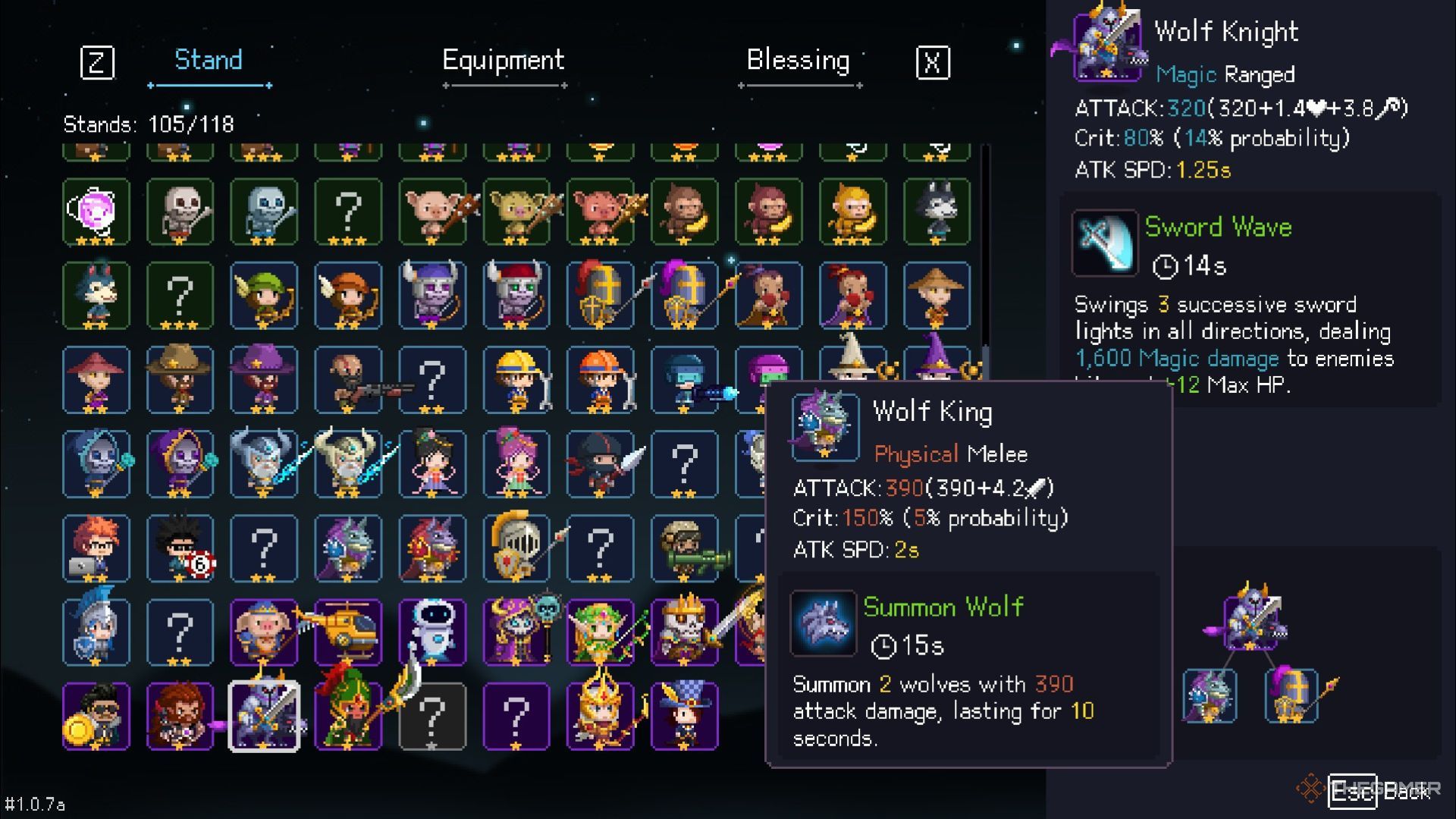







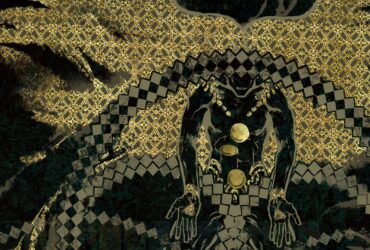



Leave a Reply